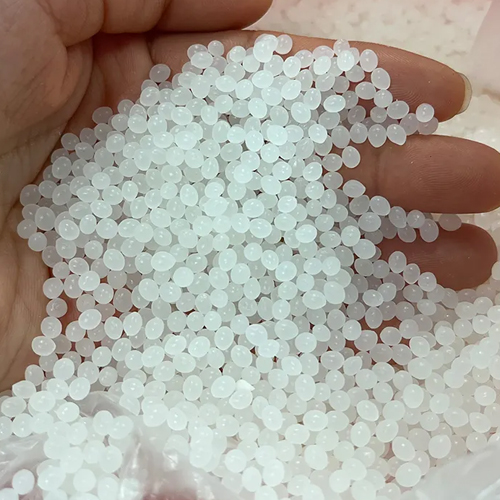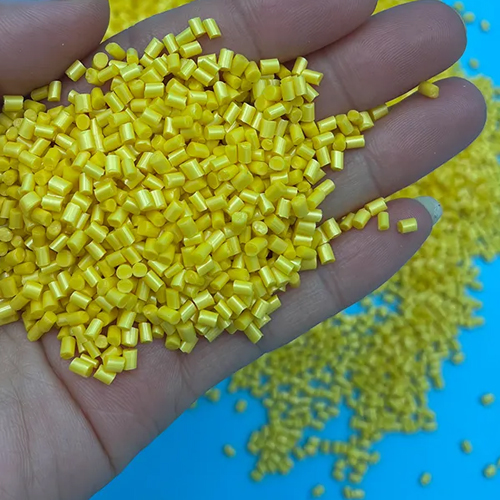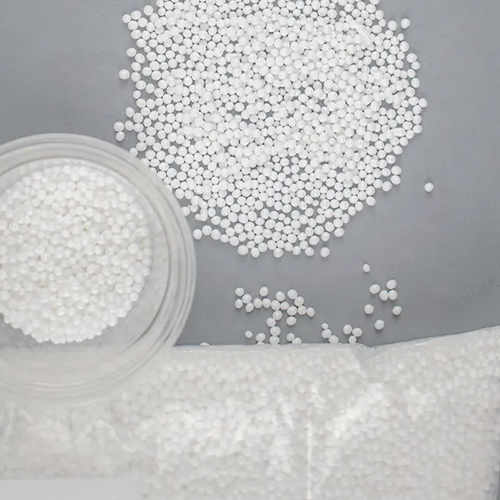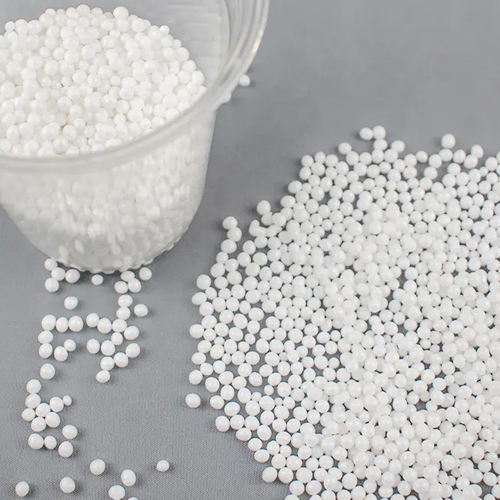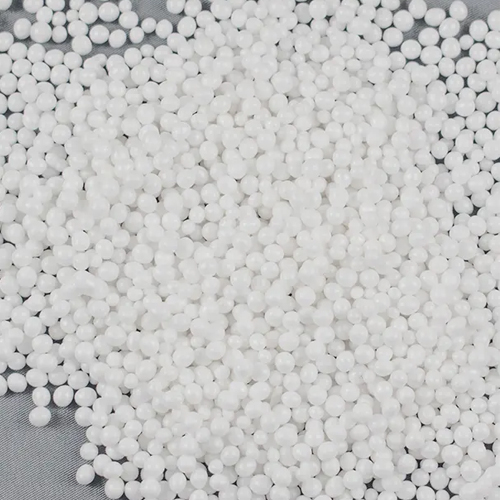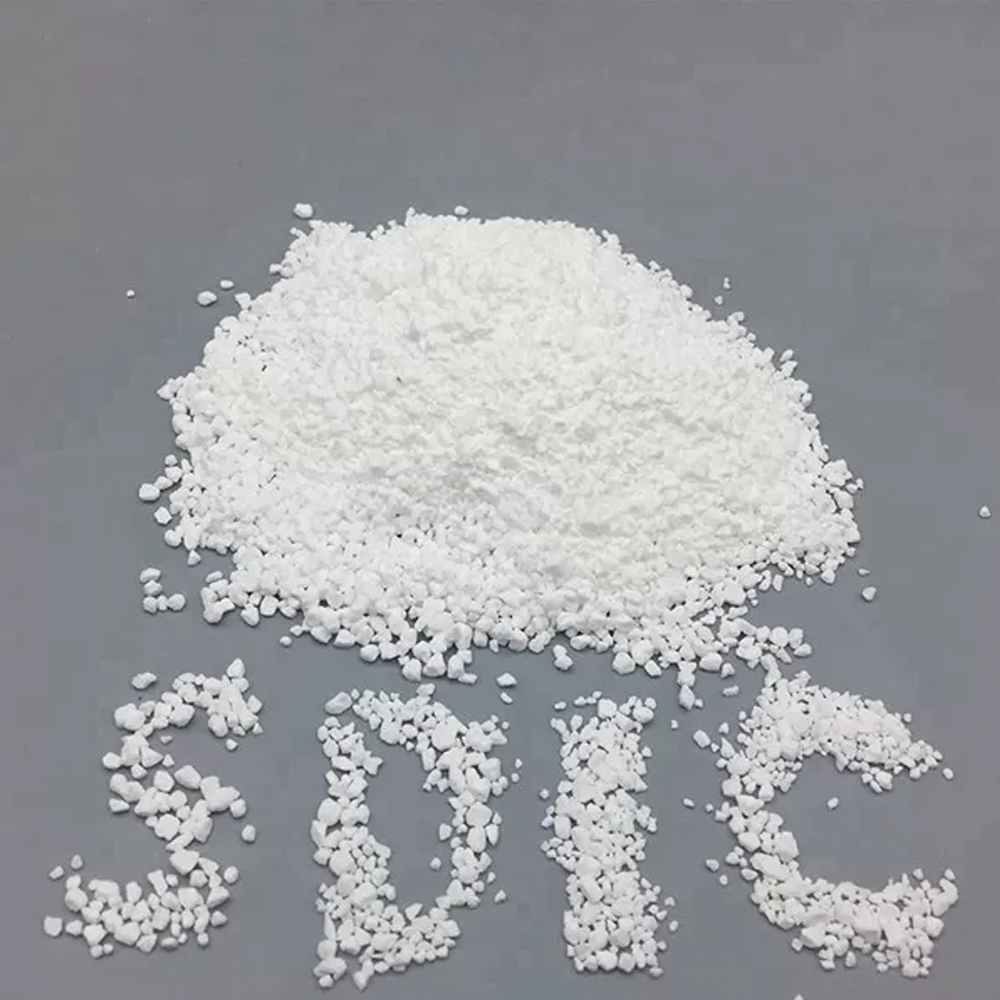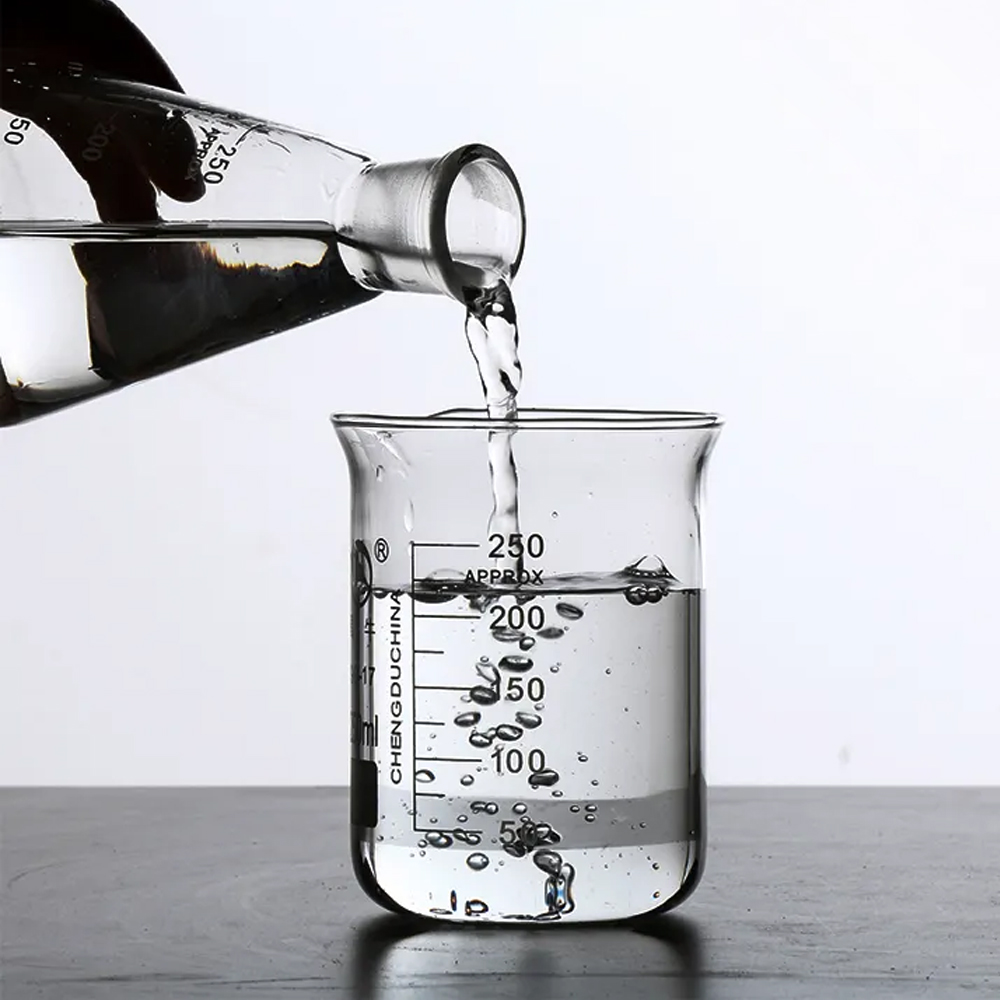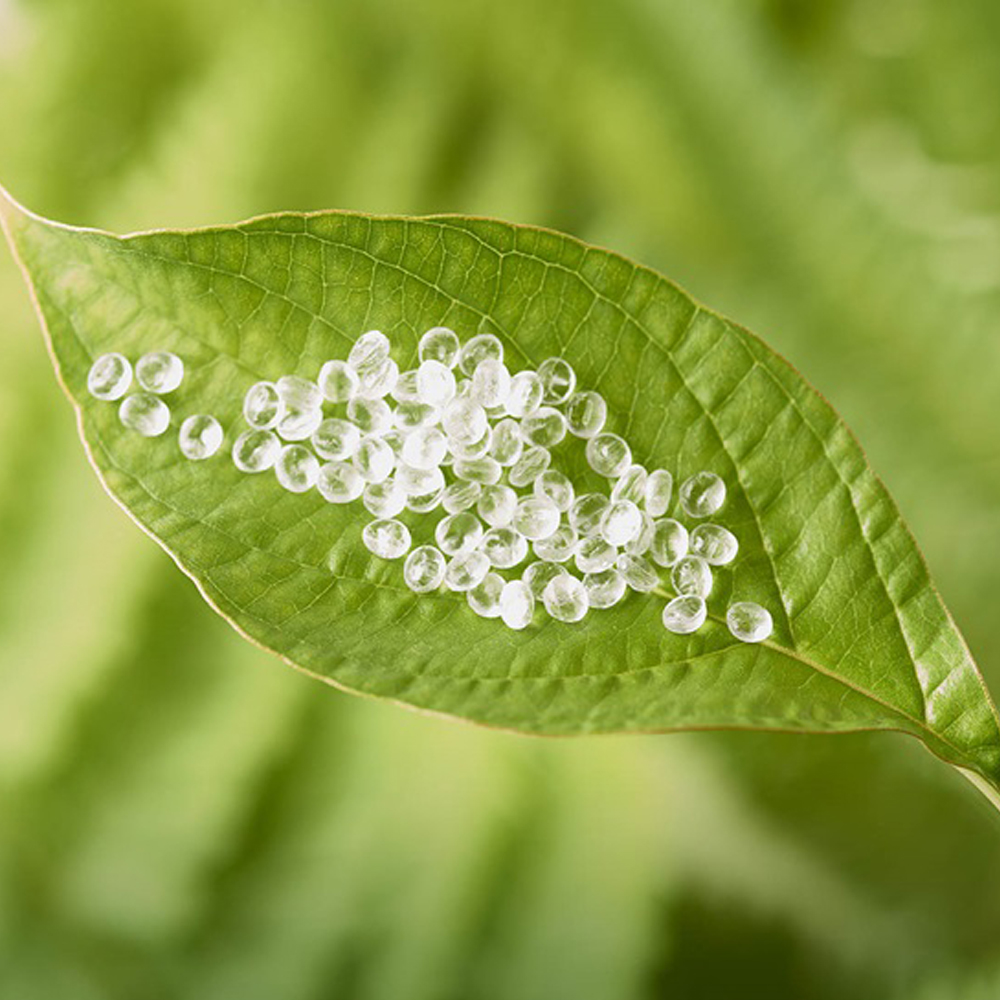
Alt du behøver at vide om polymælkesyre (PLA)
Polymælkesyre, almindeligvis omtalt som PLA, er en vedvarende og organisk termoplastisk monomer afledt af kilder som majsstivelse eller sukkerrør. I modsætning til de fleste plastik, der fremstilles af fossile brændstoffer gennem oliedestillation og polymerisering, udnytter PLA-produktion biomasseressourcer.

